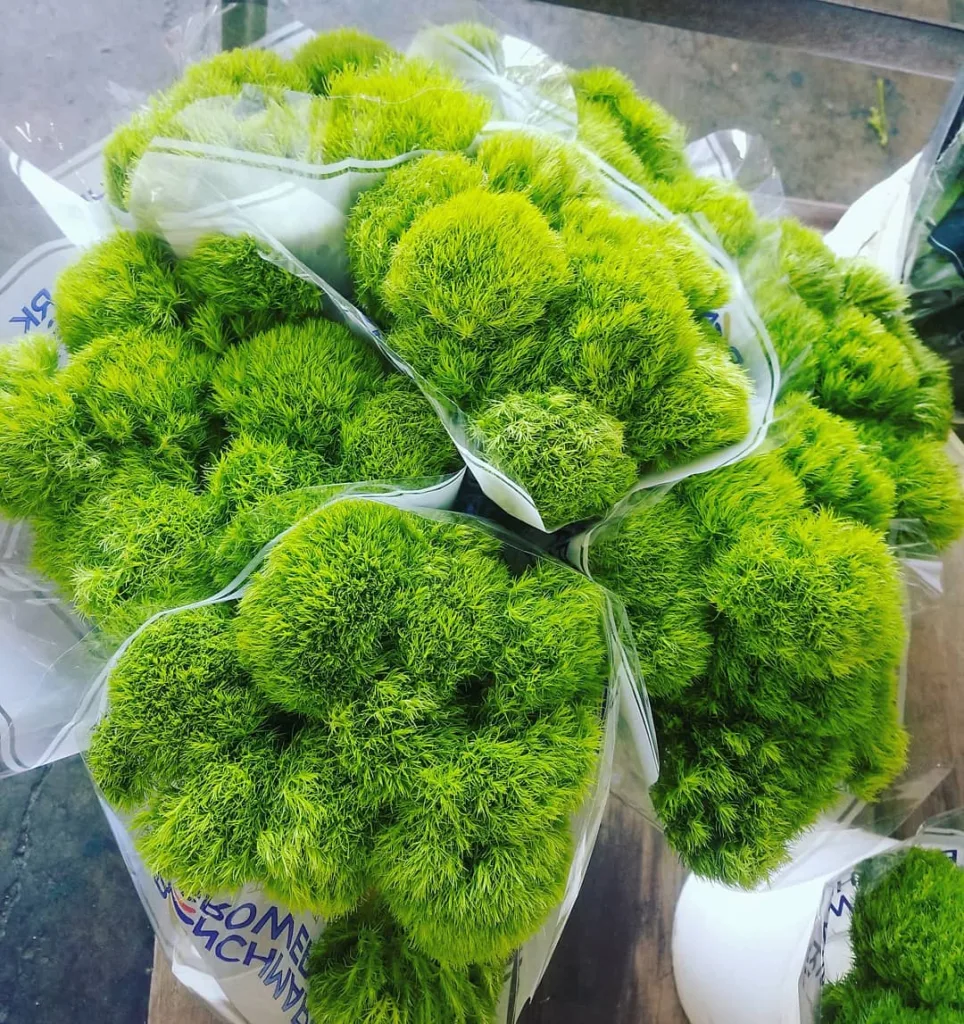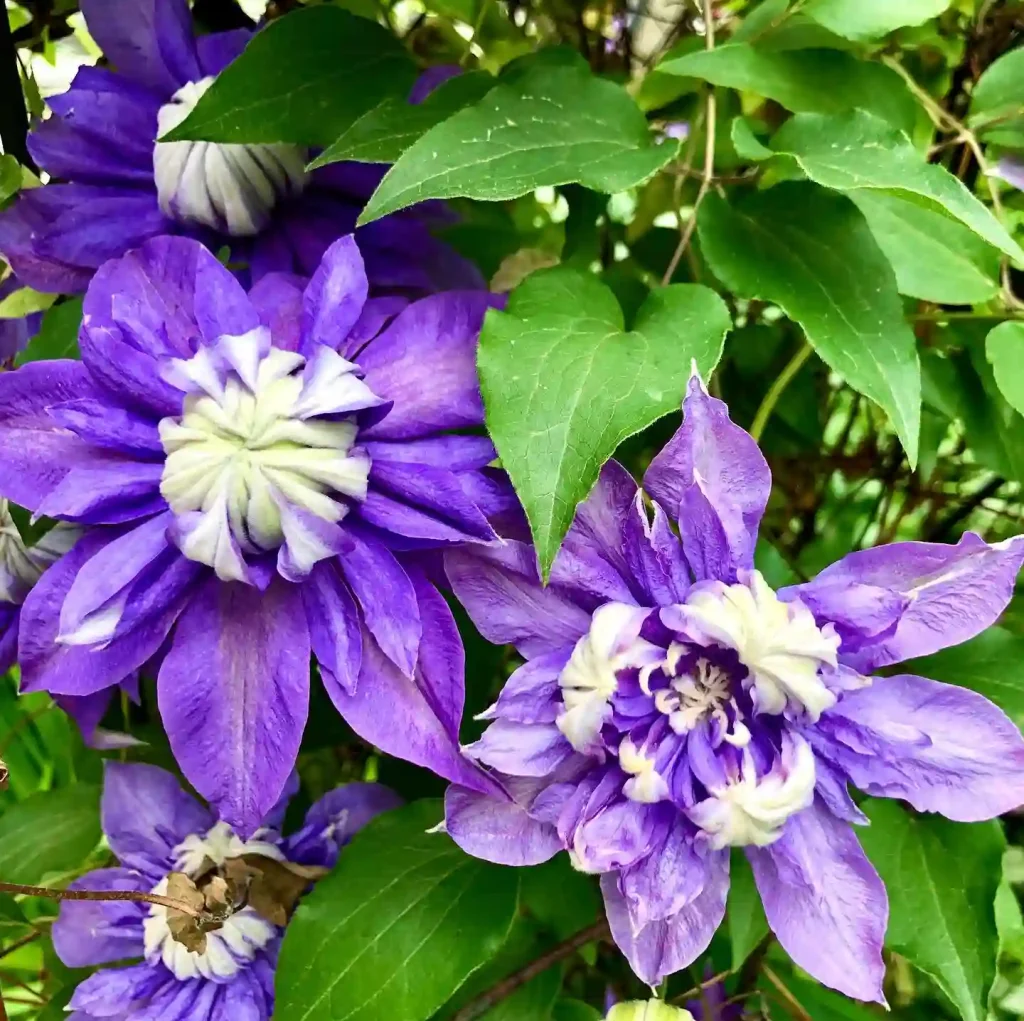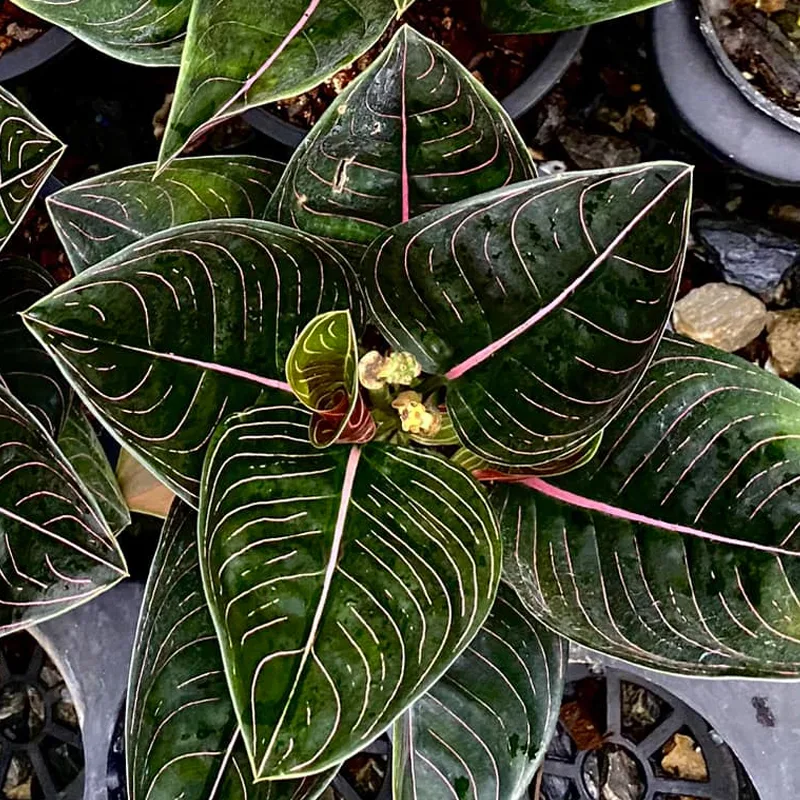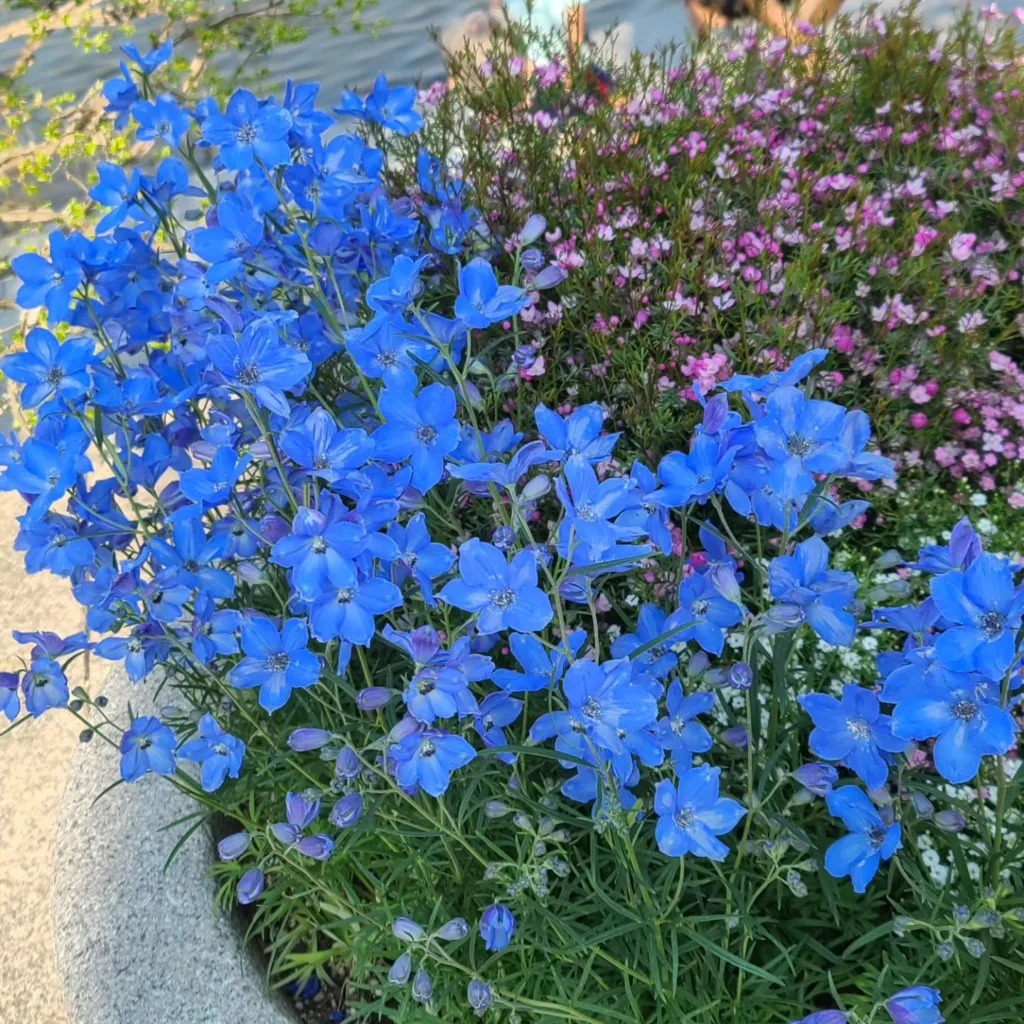What Is Melanthium Virginicum?
Melanthium Virginicum, commonly known as Virginia Bunchflower or False Unicorn, is a perennial herb native to the eastern United States. It’s part of the Melanthiaceae family, which is known for its unique floral structure and medicinal uses. This plant features tall, slender stems and clusters of small, greenish-yellow flowers that bloom in late spring. Its leaves are lance-shaped and can grow up to 8 inches long, providing an attractive backdrop for its delicate blooms.
Plant Family: 14 Genera in Melanthiaceae
How to Care for Melanthium Virginicum?
Caring for Melanthium Virginicum involves understanding its specific needs. This plant thrives in well-drained, fertile soil. Here’s a quick guide to keeping it healthy:
- Light: Melanthium Virginicum prefers partial to full shade. In its natural habitat, it often grows under the canopy of trees, so mimicking these conditions will help it flourish.
- Water: Regular watering is crucial, especially during dry spells. However, avoid waterlogging as this can lead to root rot. Aim for consistently moist soil, but ensure there’s good drainage.
- Temperature: It’s hardy in USDA zones 4 through 8, meaning it can tolerate a range of temperatures, from cold winters to warm summers.
- Fertilizer: A balanced, all-purpose fertilizer applied in the spring can support healthy growth. Be cautious not to over-fertilize, as this can lead to excessive foliage and fewer flowers.
How to Propagate Melanthium Virginicum?
Propagating Melanthium Virginicum can be done through seeds or division:
- Seeds: Start seeds indoors 6 to 8 weeks before the last frost. Sow them in seed-starting mix and keep them moist. Transplant seedlings outdoors after the danger of frost has passed and they are large enough to handle.
- Division: Divide established clumps in early spring or late summer. This method is effective for rejuvenating old plants and increasing your garden’s stock.
What to Plant With Melanthium Virginicum?
Melanthium Virginicum pairs well with a variety of shade-loving plants. Consider planting it alongside:
- Hostas: Their large leaves create a lush contrast with the slender stems of Melanthium Virginicum.
- Astilbes: These offer feathery plumes of color that complement the plant’s understated blooms.
- Ferns: Their delicate fronds provide a textured backdrop that enhances the overall garden aesthetic.
Is Melanthium Virginicum Toxic?
Melanthium Virginicum is not known to be toxic to humans or animals. However, as with any plant, it’s a good practice to keep it out of reach of pets and small children. If ingested in large quantities, it could potentially cause mild gastrointestinal discomfort, but such cases are rare.
Benefits and Common Problems
Benefits: Melanthium Virginicum is valued for its ornamental beauty and its role in traditional medicine. Historically, it has been used in remedies for various ailments, although modern uses are less common.
Common Problems: The plant is relatively low-maintenance but can suffer from a few issues:
- Pests: Watch for aphids and spider mites, especially in dry conditions. Regular inspections and treating with insecticidal soap can help manage these pests.
- Disease: Fungal diseases can occur if the plant is kept too moist. Ensure good air circulation and avoid overhead watering to prevent fungal growth.
Compare with Similar Plants
When considering Melanthium Virginicum, you might also come across plants like:
- Trillium: Often confused with Melanthium due to their similar habitat and appearance. Trillium has a distinct three-petaled flower and is generally shorter in stature.
- Lilium: While lilies are quite different in terms of flower structure, they share a similar preference for shaded or woodland environments. Lilium plants are typically more vibrant and stand out more than Melanthium Virginicum’s subtle blooms.
Conclusion
Melanthium Virginicum is a fascinating plant with its own unique characteristics and needs. Understanding its care requirements and potential benefits can help you incorporate it effectively into your garden. Whether you’re looking for a shade-loving perennial to complement your garden’s aesthetic or exploring its historical uses, this plant offers a distinctive touch to any landscape. If you have any more questions or need further advice, feel free to reach out!
If i die, water my plants!



